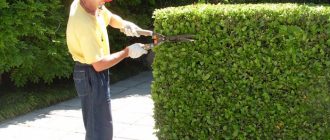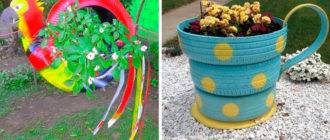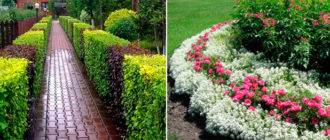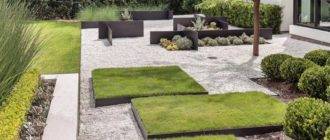Natural fences made of shrubs and trees are very beautiful, but they also provide eco-friendly sanctuaries for songbirds, butterflies and other fauna. They can be used to mark the boundaries of your property, plant them along an existing fence, or make a kind of "partitions" between different zones. For example, a recreation area and a vegetable garden. The limitation for their use is only your flight of imagination.
Forsythia bushes
The bright yellow flowers of forsythia herald the beginning of spring. It grows quickly, does not require complex maintenance, and therefore an excellent hedge can be obtained from it. Forsythia are deciduous shrubs that are usually one to three meters high. There are 11 species, and they all have rich green leaves and dense, flexible branches.
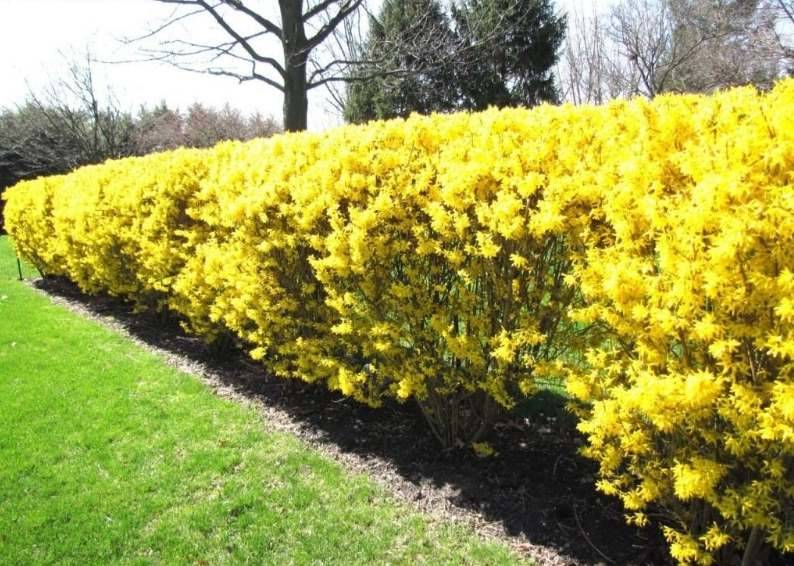
Lush lilac
Lilac is an extremely popular ornamental plant in gardens and parks. Beautiful, sweet-smelling flowers are the harbingers of the end of spring, although there are several later flowering varieties. Lilacs come in all shades of pink and purple, grows fairly quickly and are hardy in many regions of Russia.
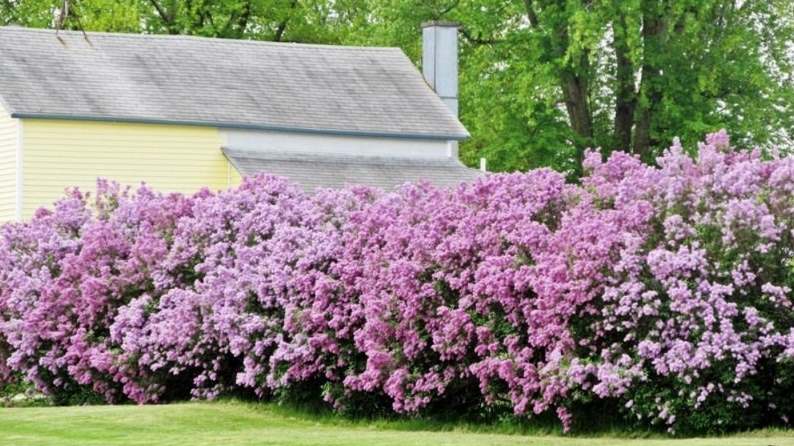
Boxwood
Boxwood is an excellent choice for hedges. It often grows into bizarre shapes and labyrinths. In addition, it is an evergreen plant that has dense, dark green foliage and reaches a moderate height that is ideal for natural fencing. There are about 70 types of boxwood, most of which grow rather slowly but are very hardy. However, keep in mind that in our latitudes, it will have to be sheltered for the winter.
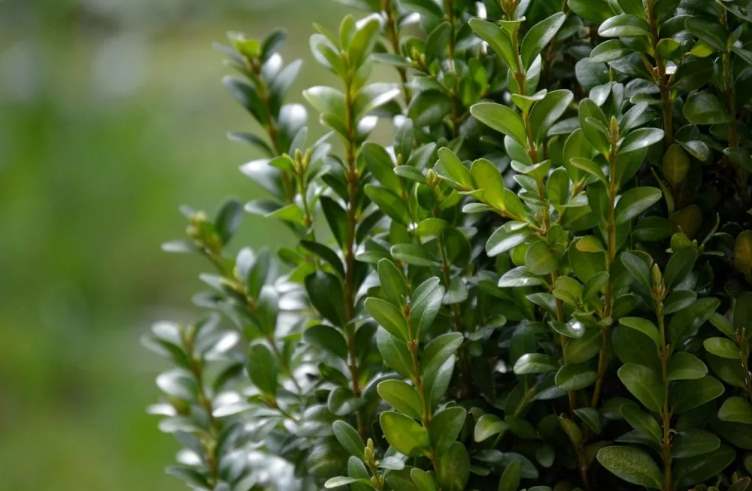
Willow
Willows are fast growing and extremely malleable, making them easy to transform into a luxurious natural fence. There are about 400 species of willows that tolerate wet soil and winter weather well. Dwarf varieties are especially well suited for use as fences.
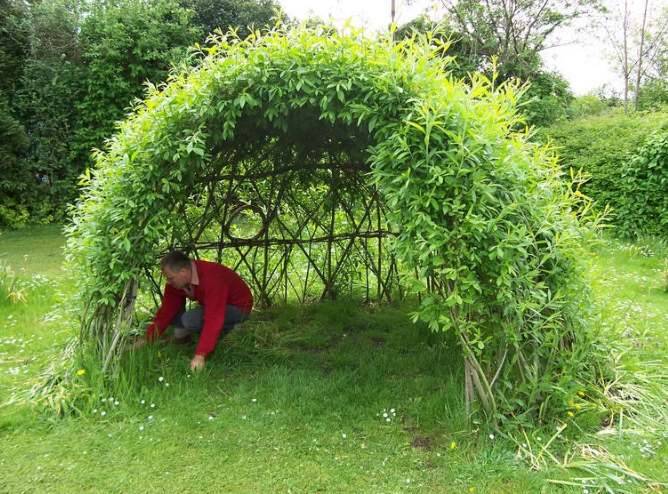
Laurel tree
Laurel is quite often grown as a hedge in Western countries for its beautiful green leaves. This plant thrives even in poor conditions, such as in areas with air pollution.
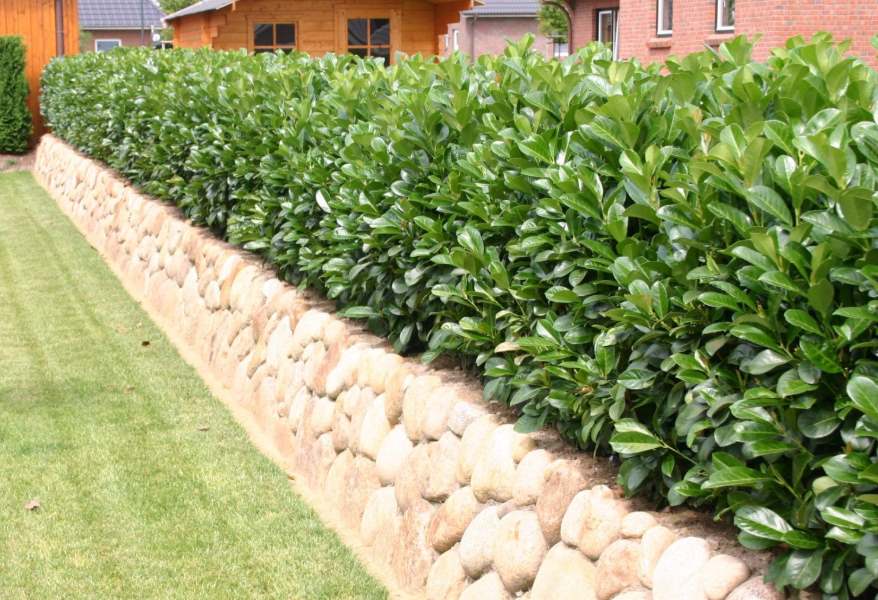
Burning bushes of European spindle tree
If you love bright colors, then this plant is for you. European spindle tree is a deciduous shrub that can grow up to 7.5 meters in height. The burning bush gets its name from the vibrant shade of its autumn leaves. The wood is usually dark purple-brown in color. Small fruits are popular with numerous bird species.
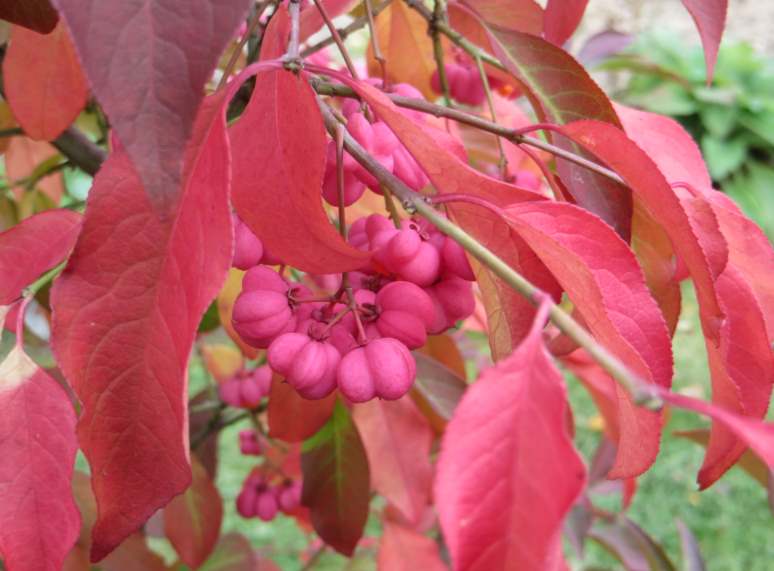
Juniper
It is a group of evergreen conifers that vary in size and shape from low-growing shrubs to tall, slender trees up to 12 meters high. The juniper has needle-like leaves, and many of its species have aromatic berries. It is a hardy plant, but when over-pruned, it forms dead zones. Form it in late winter or early spring to prevent unsightly exposed areas.


